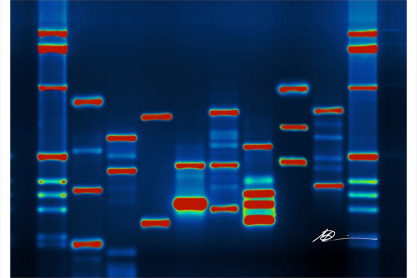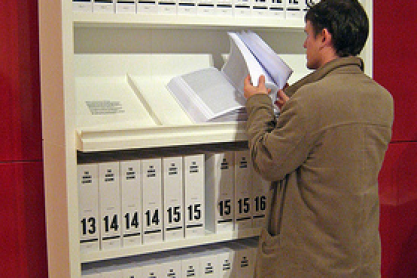In the mid-1970s, methods became available that allowed scientists to determine the sequence of nucleotide pairs in DNA. With improved sequencing methods came an exciting new goal: to produce a map of the human genome, which contains approximately 3.3 billion pairs of nucleotides. In 1990 the National Institutes of Health (NIH) and the Department of Energy (DOE) joined with other international organisations, including the Wellcome Trust Sanger Institute, in the Human Genome Project (HGP).
The HGP aimed to sequence the human genome, and to produce a genetic and physical map. The genome in question was not that of any particular individual, but a composite of many sources.
On completion of the HGP in 2003 its initial goals were exceeded: 99% of the gene-containing part of the human sequence was completed to 99.9% accuracy. The genetic map showed the precise location of each gene, while the physical map showed this in actual terms of the distance between each gene.
The HGP also succeeded in providing finished DNA sequences of the important model organisms E. coli, S. cerevisiae, C. elegans and D. melanogaster, as well as draft sequences for several others including the rat.
The HGP revealed that humans in fact have approximately 20,500 genes, a startlingly low number compared to previous estimates that had ranged from 50,000 - 140,000. The project provided a resource that has revolutionised the diagnosis and treatment of genetic diseases, with wide-ranging benefits to medicine.
The sequence data is accessible to the public, in a database called GenBank.





